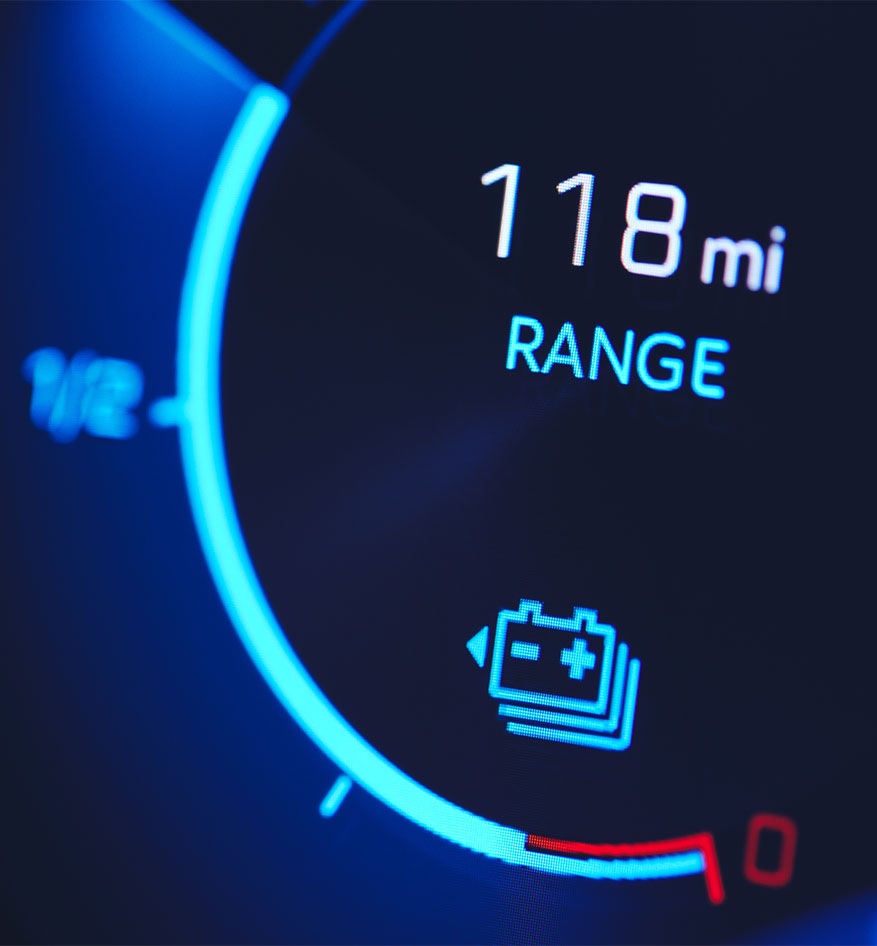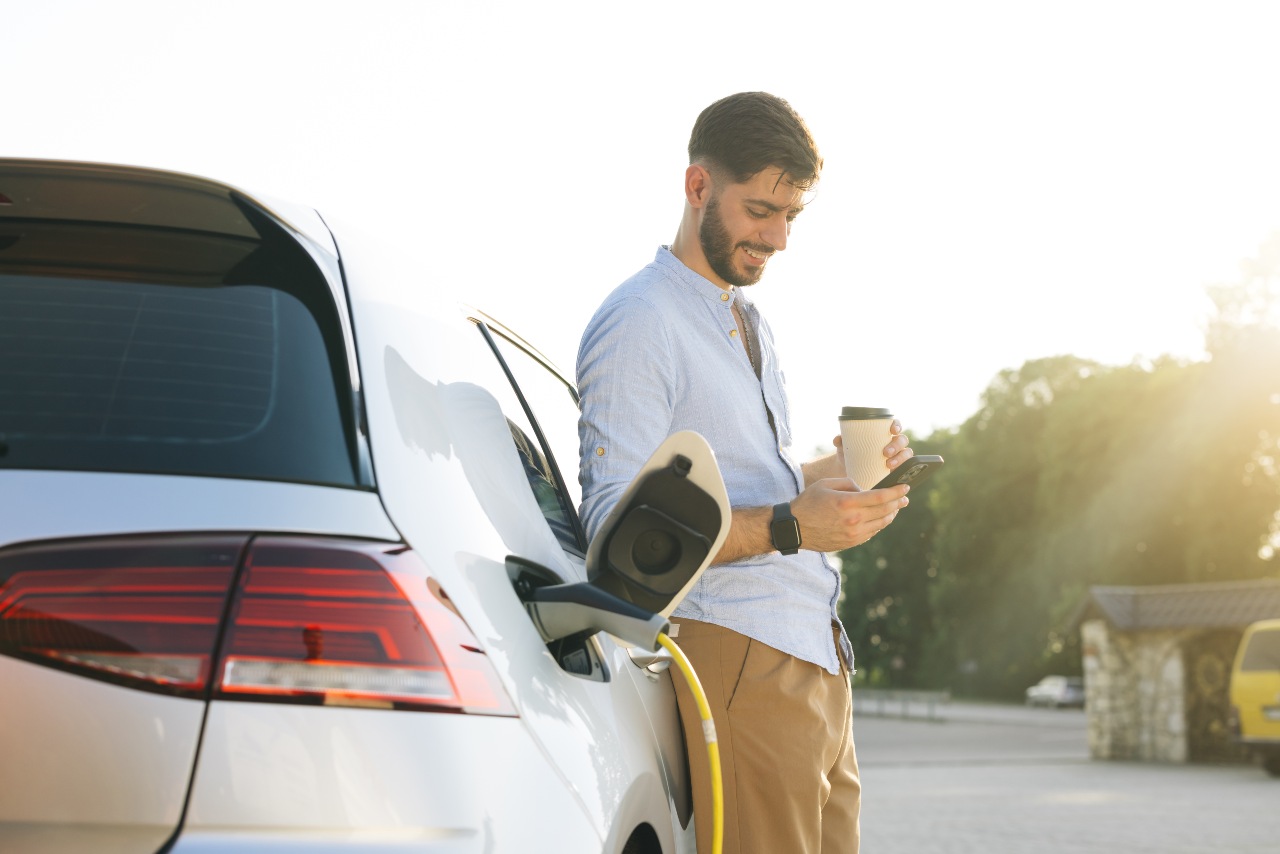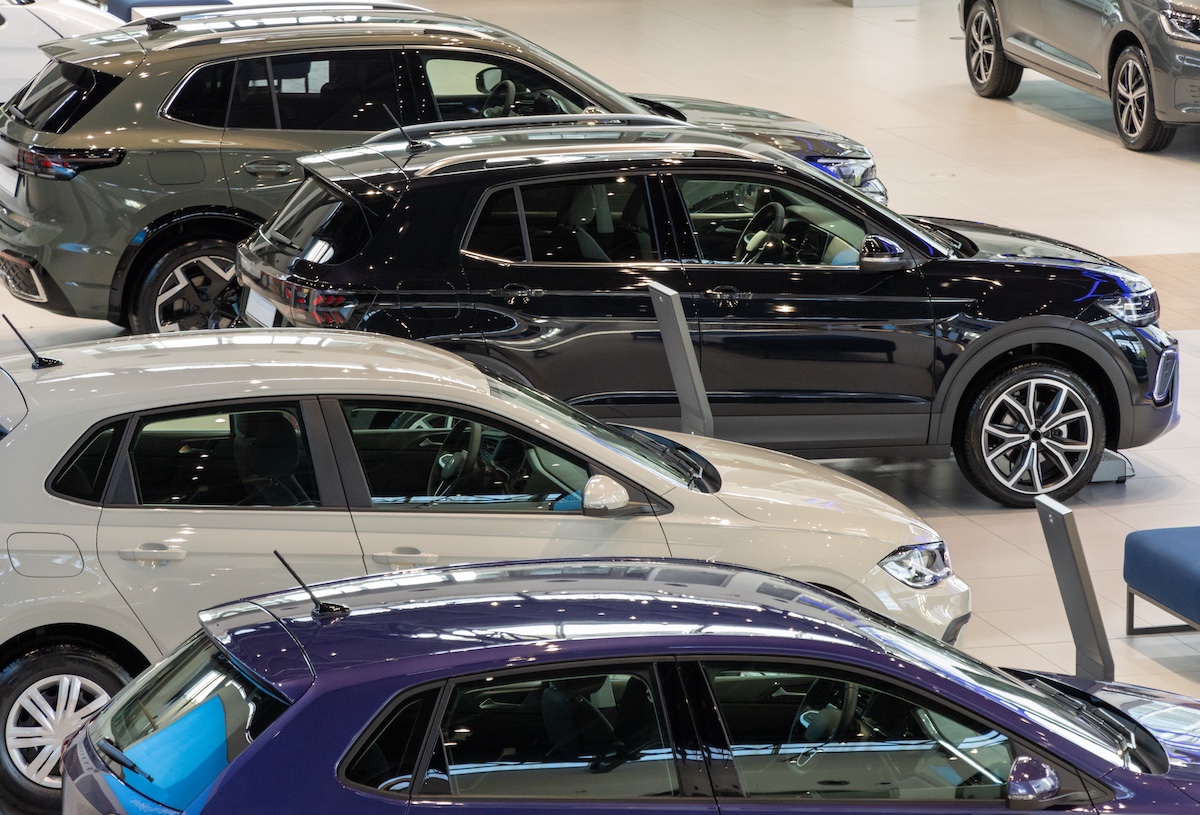Erin Baker: Better communication is needed to drive EV sales
By Erin Baker, EV Journalist
Confidence is key in the used electric-car market. The vast majority of us (somewhere between 80 per cent and 90 per cent in any given year) buy used, not new, so the second-hand EV market is where the true transition to electric cars will happen. Happily, it’s also where price parity between petrol/diesel cars and electric cars is happening quickest.
In fact, once an EV is three years old, buyers comparing the price tag of one with a three-year-old petrol equivalent will find there’s little in it. Then they’ll factor in the cheaper running costs, and it’s a no-brainer: the electric car is more affordable.
Discover more content...
The EV communication chasm
So why isn’t everyone suddenly making the switch? Because too many customer doubts and niggles remain about used EVs. And nearly all of them come down to the reliability of the battery.
I talk to live audiences about electric cars up and down the country most months, either on You and Yours on BBC Radio 4, or when hosting an event like She’s Electric, and every single time I take questions from the general public about running and owning EVs, I hear concerns about battery performance (both power and range) depleting significantly every year, batteries being impossible to repair, and the worst one of all: catching fire.
There are two ways for the automotive industry to respond here, and it has to get to grips with the marketing and retail communications around all this pronto, because it’s most of the reason private sales have stalled.
The sales statistics might show a cheerier monthly figure lately, but don’t be fooled: the noticeable upward sales tick since December is locked in pretty tightly to huge discounts of 12 per cent and more, driven by OEMs desperately shifting stock to hit Government ZEV targets, and those discounts are largely unsustainable beyond this year, unless OEMs want to permanently kiss goodbye to the profit margins across Europe that they’ve become used to.

The EV information drivers need
For a permanent increase in private EV sales, the industry has to reassure drivers at the point of sale about both the reliability of the battery after a decade (the average age of cars on our road has gone up to 9.4 years old, from 6.6 years old in 2003 – a 42 per cent rise, according to Green Flag).
It also needs to reassure drivers about the ongoing in-life care and nurturing that’s available for batteries these days, which will help extend their lifespan. Consumers should also, by the by, have access to a simple explainer onsite and in showrooms showing how the range of electric cars has grown through better battery efficiency over the past 10 years – the average range of a new electric car on Auto Trader has now shot up to 276 miles.
It’s not enough for retailers to say: “Buy the car, the battery has an eight-year warranty, and it needs servicing less than a petrol engine as there are fewer parts to go wrong”, because drivers are all about the “yes, buts” and the “what ifs”: “Yes, but what if it’s in a crash?”, “Yes, but how do I take care of it?”, “Yes, but what if I think the range is dipping too fast?”, “Yes, but what if I have concerns that something’s wrong?”.


9 years
On average, cars on our roads are nearly a decade old. In order to make the EV switch, drivers will need to be reassured about the reliability of the battery and the support infrastructure in place.
A simple solution
It’s crucial that retailers and OEMs can demonstrate at the very start of the buyer journey, in the research and consideration phase, that the care is already in place for the battery throughout the driver’s ownership. How about a simple support flow chart on site somewhere, pre-purchase, that shows what happens if a driver buys an EV and then has a concern with their car?
It could look like:
- Take it back to the retailer
- They will contact EV Battery Solutions, their trusted battery partner, used globally by car brands
- EV Battery Solutions will collect the battery and take it back to their site
- They will diagnose the issue, before either fixing it or swapping the battery for a guaranteed equivalent, and returning it to you

Focus on the minor details
We know that consumers need clarity, accessible information, honesty and reassurance, or they just won’t buy. So it’s in everyone’s interests to make something work.
Here’s another example of simple customer help: I recently switched to Andersen for my home charger, and I chose the 8m cable so I don’t have to shift cars around to reach the plug. When the guy came to install it, he showed me how to give the cable a couple of twists anti-clockwise before wrapping it back around the charging port when not in use, to prolong the life of the cable. I was truly grateful: I don’t want the hassle of sorting another cable for my tethered charging point in a couple of years, when I could have easily got more life out of it.
It’s a simple, small fix; a minor detail in a huge, complex sales process, but it’s what sticks in the consumer’s mind that counts. The industry should take the minor details at the point of delivery to the customer and work backwards from that to form the over-arching sales strategy. We’re witnessing a revolution, not an evolution; customer relations need a radical reset.

Let's take charge of the future, together
We’re transforming the in-life battery operations of the world’s leading automotive manufacturers. Get in touch to find out how.



